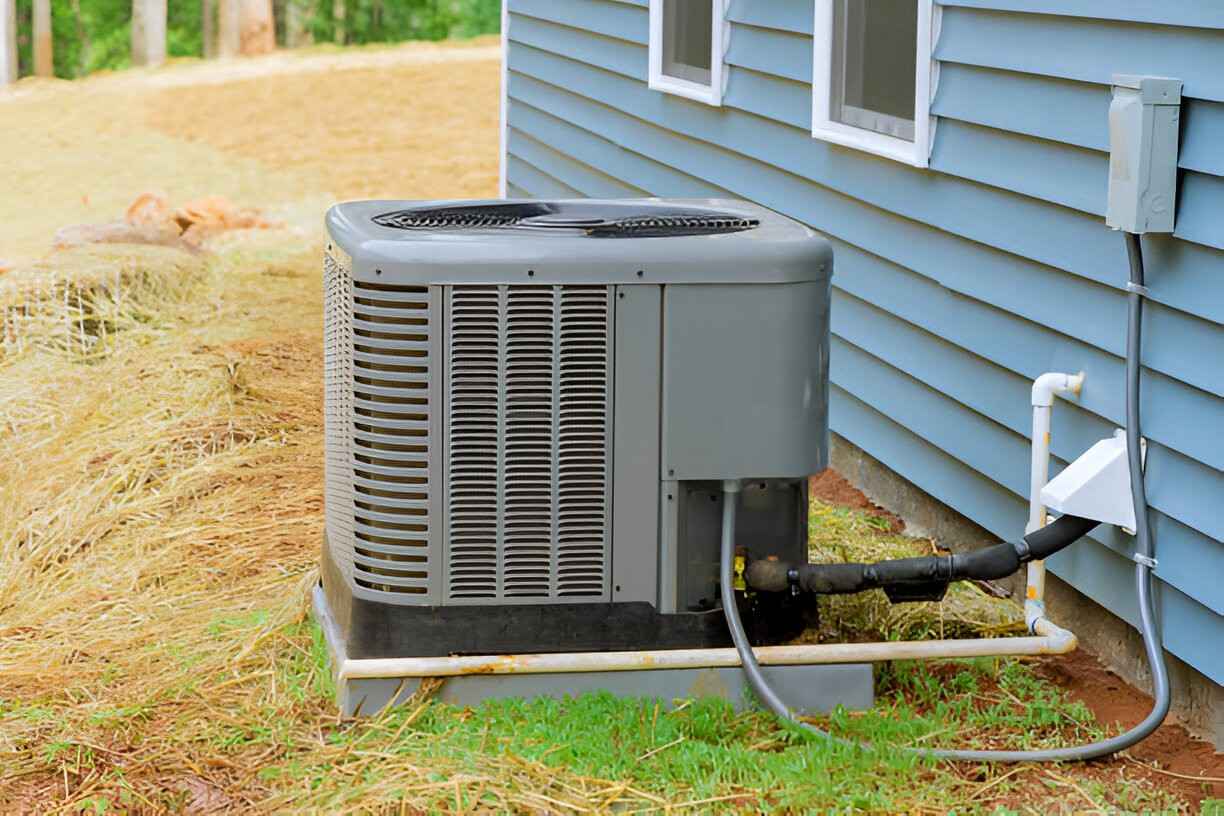AC Installation in Bradenton, FL


Why proper installation matters in Bradenton homes
- Hot, humid climate drives high cooling loads and continuous run times. Undersized systems cannot maintain comfort and will short cycle, increasing wear and electric costs.
- Coastal salt air accelerates corrosion on outdoor coils, cabinet hardware, and electrical connections unless corrosion-resistant materials and coatings are used.
- Frequent power cycling during storms and local code requirements make correct electrical work and secure mounting critical for safety and reliability.
- High humidity requires attention to airflow and equipment selection to control moisture without oversizing capacity.
Common AC installation problems in Bradenton
- Undersized or oversized systems from informal sizing: both reduce comfort and efficiency.
- Poor duct design or unsealed attic ducts that leak cooled air into hot attics.
- Improper refrigerant charge and airflow leading to lower dehumidification and higher energy use.
- Outdoor units vulnerable to salt corrosion or installed at ground level where flooding or debris can cause damage.
- Missing or incorrect permits, causing delays at inspection or noncompliance with Florida codes.
- Inadequate condensate management leading to water damage or mold in attics and living spaces.
Site assessment and accurate sizing (Manual J)
- Detailed site inspection: roof type, attic insulation, window orientation and shading, number of occupants, internal heat gains, duct layout, and existing equipment condition.
- Manual J load calculation: the industry standard for accurately determining the cooling load for each home. In Bradenton, Manual J must account for high solar gains and humidity loads so the selected capacity matches real needs.
- Determine zoning needs: multiple thermostats or zoning may be recommended for larger or multi-level homes to improve comfort and efficiency.
Equipment selection and specification
- Match the Manual J results to equipment using Manual S principles: choose a system that delivers the required sensible and latent capacity at expected operating conditions.
- Consider higher SEER and sensible heat ratio for humid climates to improve dehumidification. Ensure the equipment meets current Florida energy code and refrigerant regulations.
- Select corrosion-resistant features for coastal installations: coated coils, stainless fasteners, sacrificial anodes, and elevated pad or platform mounting to reduce flood risk.
- Choose reliable thermostats, electronic air cleaners or MERV-rated filters if IAQ is a concern, and compatible variable-speed or multi-stage equipment for better humidity control and efficiency.
Step-by-step professional installation process
- Obtain permits and review local code requirements: ensure plan submittals meet Manatee County and Bradenton building official standards.
- Prepare the site: create a level, elevated pad for the outdoor unit, protect electrical and refrigerant lines, and plan for drainage away from the structure.
- Remove existing equipment safely, reclaim refrigerant per regulations, and assess whether ductwork or electrical upgrades are needed.
- Duct design or modification: follow Manual D recommendations, seal and insulate ducts, and correct sizing to maintain required airflow.
- Electrical and disconnects: upgrade service or circuit breakers as required, install appropriate surge suppression and lockable disconnect on a separate AC circuit.
- Refrigerant piping and brazing: run properly insulated copper lines, pressure-test and evacuate the system to achieve a deep vacuum before charging. Use approved refrigerants and charge to manufacturer specifications.
- Mounting and anchoring: secure condenser to withstand wind loads and local storm conditions; elevate where flooding risk exists.
- Condensate management: install proper traps, secondary drain pan and float switch where required, and route condensate to approved discharge points.
- Insulation and weatherproofing: insulate refrigerant lines, seal wall penetrations, and protect outdoor wiring and junctions from salt and moisture.
- Controls and thermostat wiring: install and program controls, test communication in multi-stage or variable-speed systems.
Commissioning and performance testing
Proper commissioning validates the installation and protects system longevity:
- Measure airflow (CFM) at supply registers and compare to design values.
- Test static pressure across the system to identify duct restrictions or blower adjustments.
- Verify refrigerant charge using superheat and subcooling methods at operating conditions.
- Measure supply-to-return temperature drop (typical split 15-20 F under design conditions) and confirm proper dehumidification.
- Check electrical draw on compressor and fan motors against manufacturer data.
- Test condensate drains, float switches, safety controls, and thermostat calibration.
- Document results and provide inspection-ready paperwork to the local building authority for final sign-off.
Permitting and code compliance in Bradenton
Installations in Bradenton require permits and inspections. Compliance includes electrical code, Florida building code provisions for mechanical systems, and energy-efficiency standards. Proper permitting ensures the installation is inspected for safe electrical connections, proper equipment clearances, and correct refrigerant handling. Permits also protect warranties and make future property transfers smoother.
Recommended maintenance to preserve efficiency and longevity
- Replace or clean filters every 1-3 months depending on filter type and household conditions.
- Schedule professional tune-ups at least once a year, ideally before the cooling season. In Bradenton the humid season suggests at least annual preventive service; high-use homes may benefit from twice-yearly checks.
- Clean coils and condensate pans to prevent corrosion and biological growth; use corrosion-resistant cleaners for coastal installations.
- Inspect and seal ductwork and insulation in attic or crawl spaces to prevent energy loss.
- Verify refrigerant charge and airflow during scheduled maintenance to catch early performance degradation.
- Keep outdoor unit free of debris and vegetation and ensure proper clearance for airflow.
- Consider a maintenance agreement that tracks service history and manufacturer-recommended inspections to protect warranties and optimize performance.
Long-term benefits of a professional AC installation
A correctly specified and professionally installed AC system in Bradenton improves comfort, controls humidity better, reduces energy use, and extends equipment life. Proper permitting and commissioning reduce liability and ensure code compliance. With local climate considerations addressed—such as corrosion protection, adequate dehumidification, and secure mounting—the system will deliver consistent comfort and value over its service life.
This approach to AC installation in Bradenton, FL protects your home from the region's unique climate stresses while delivering reliable, efficient cooling and indoor comfort.
Service Areas


